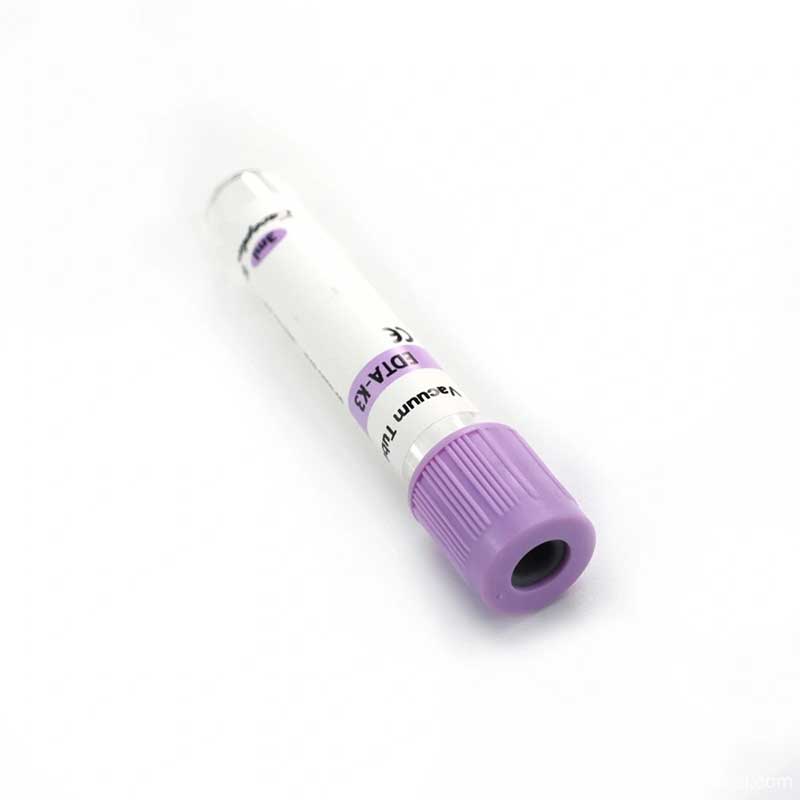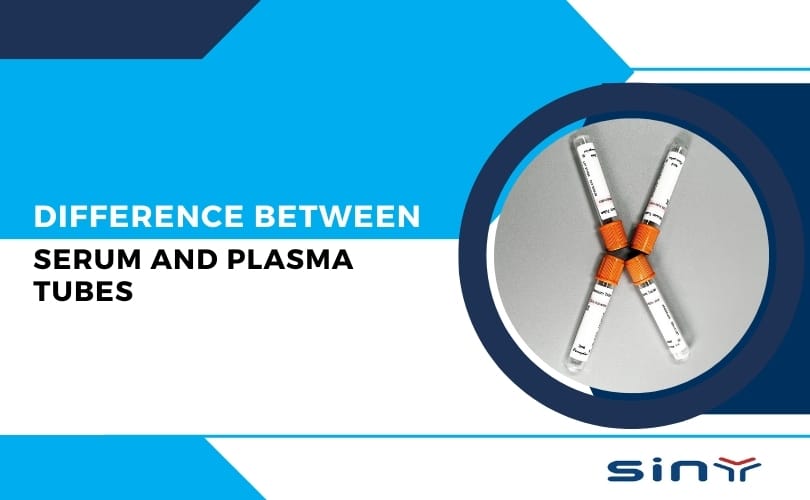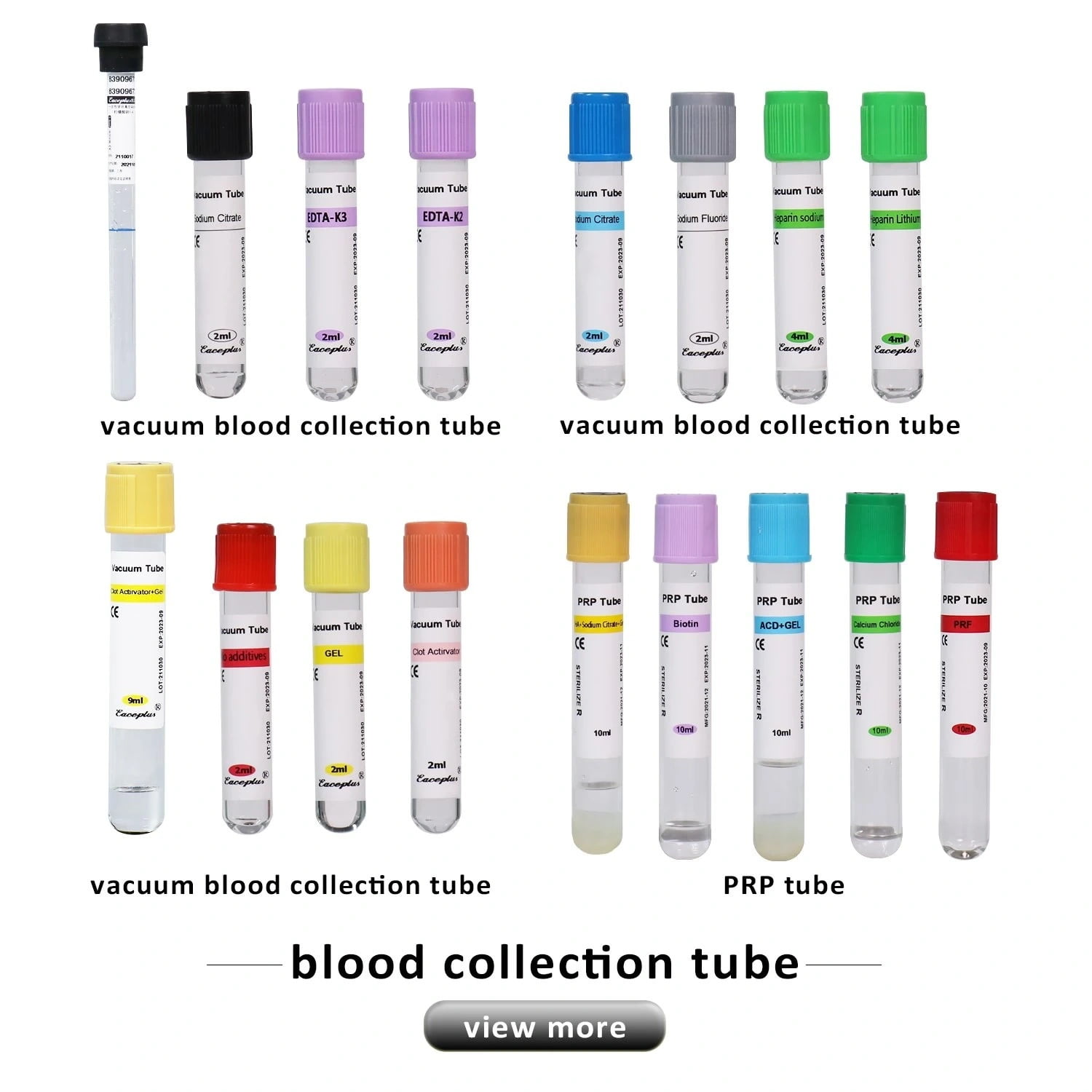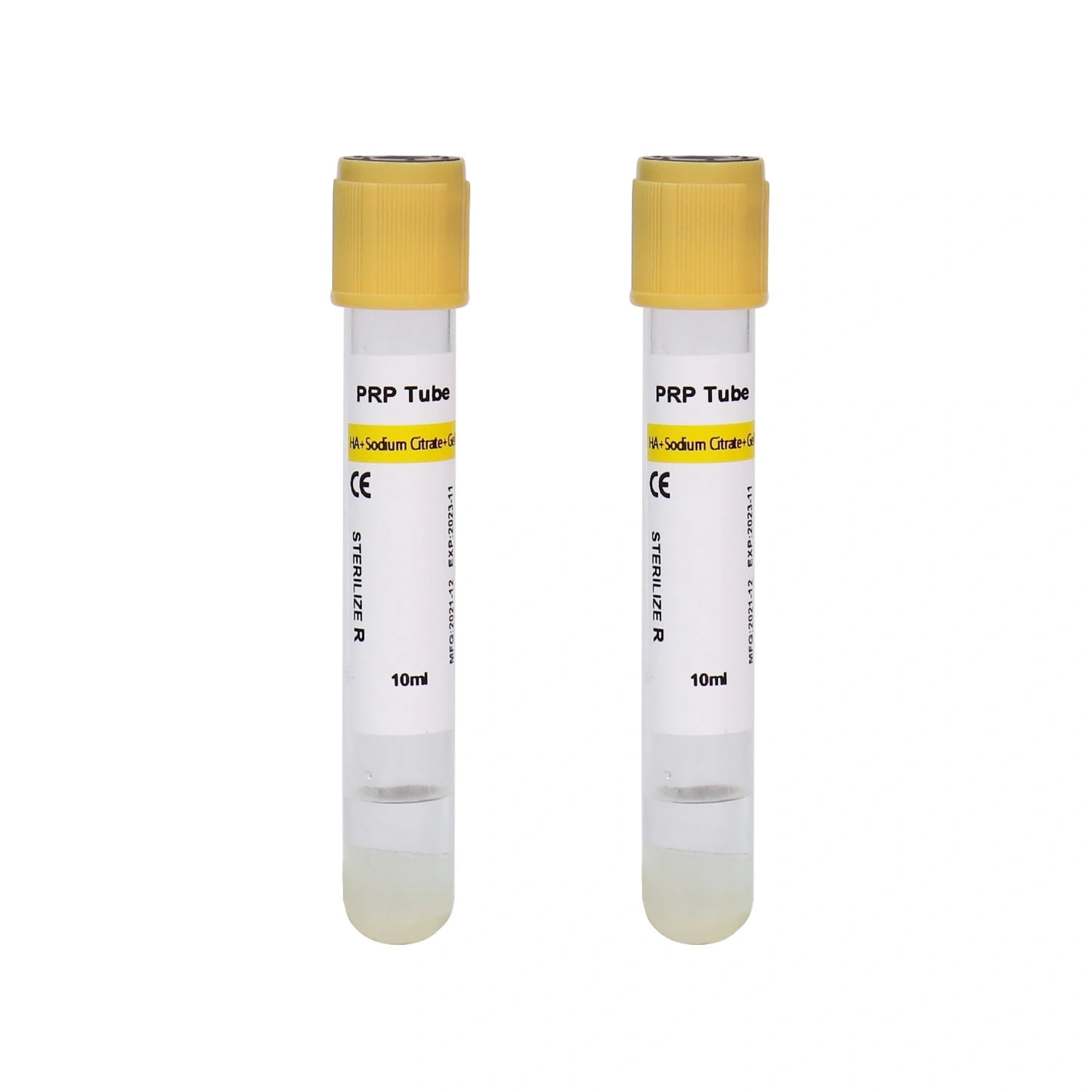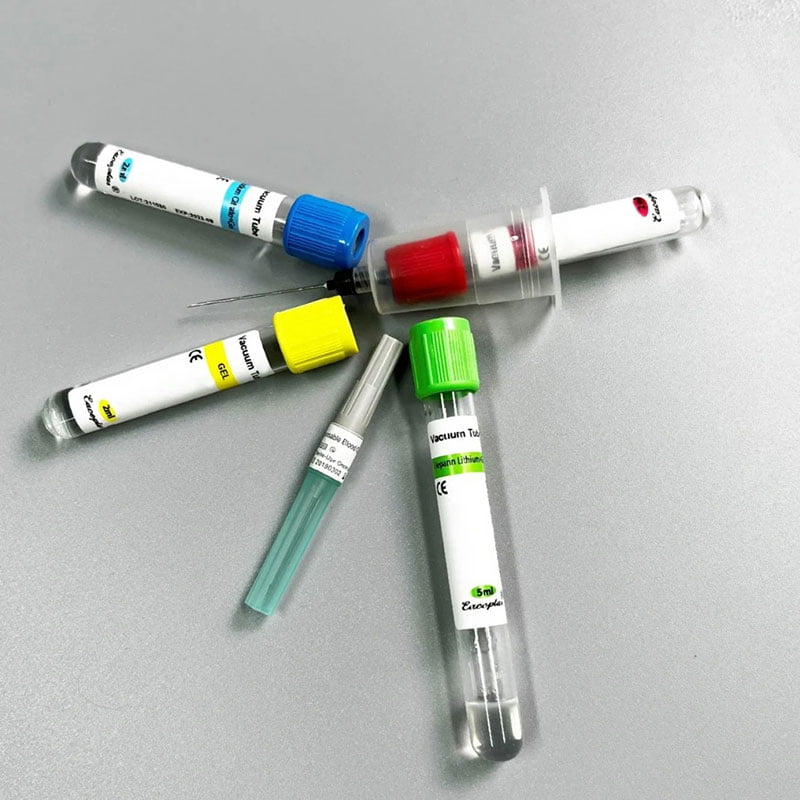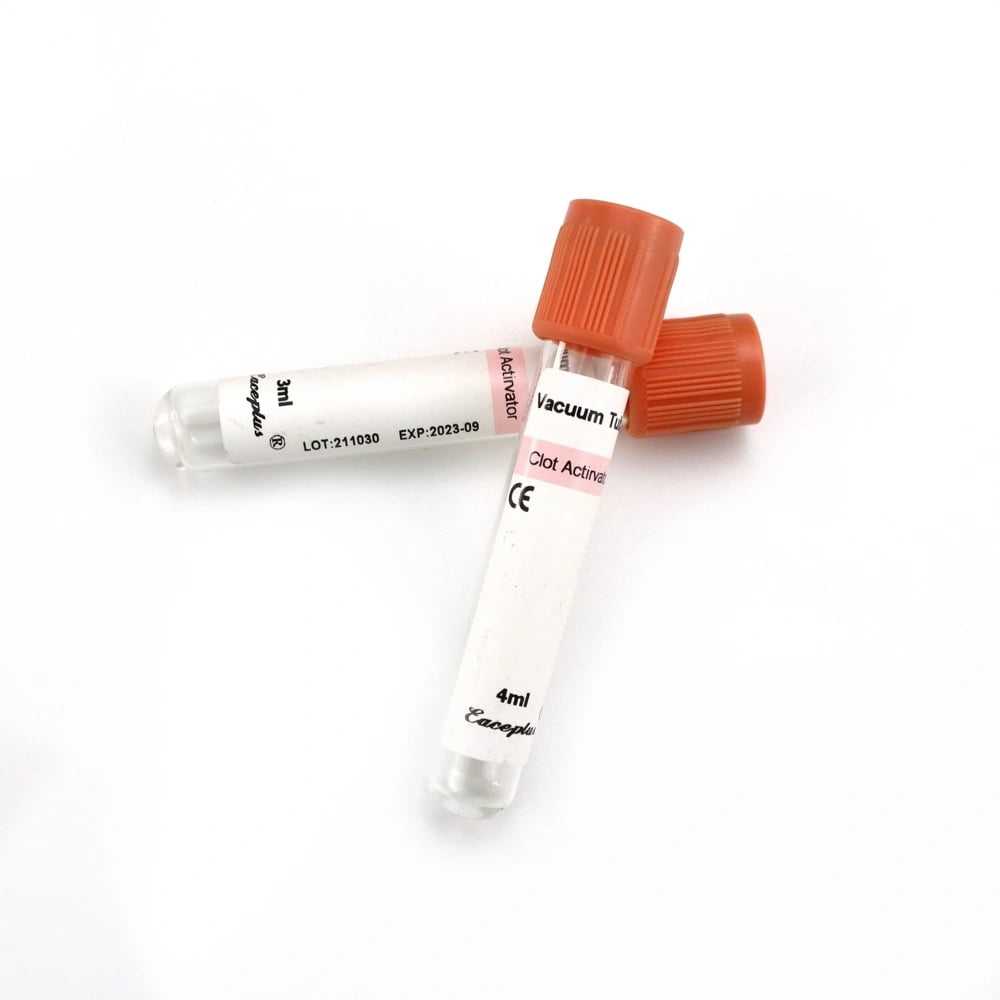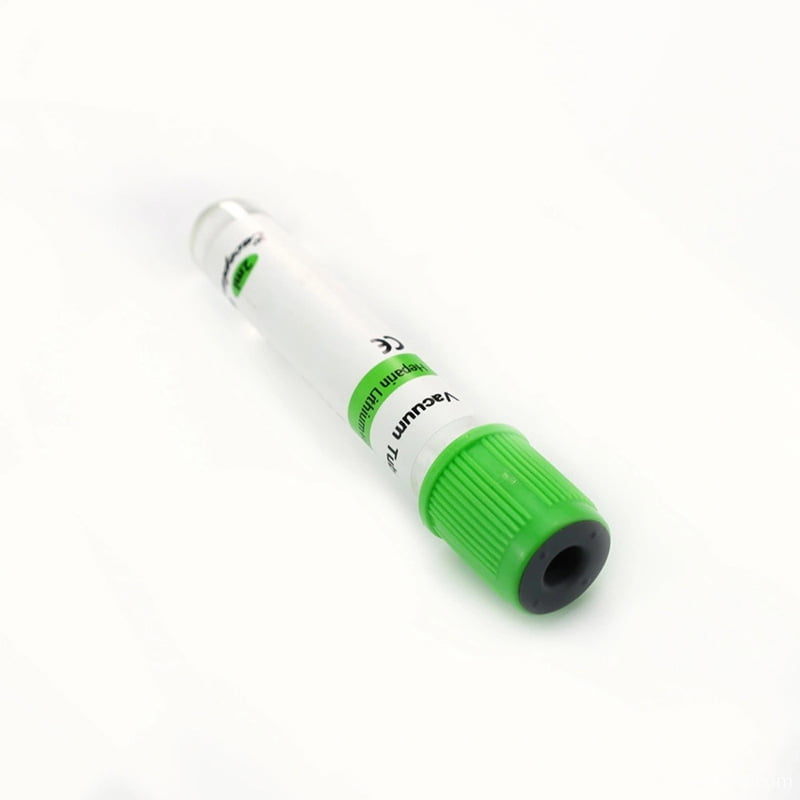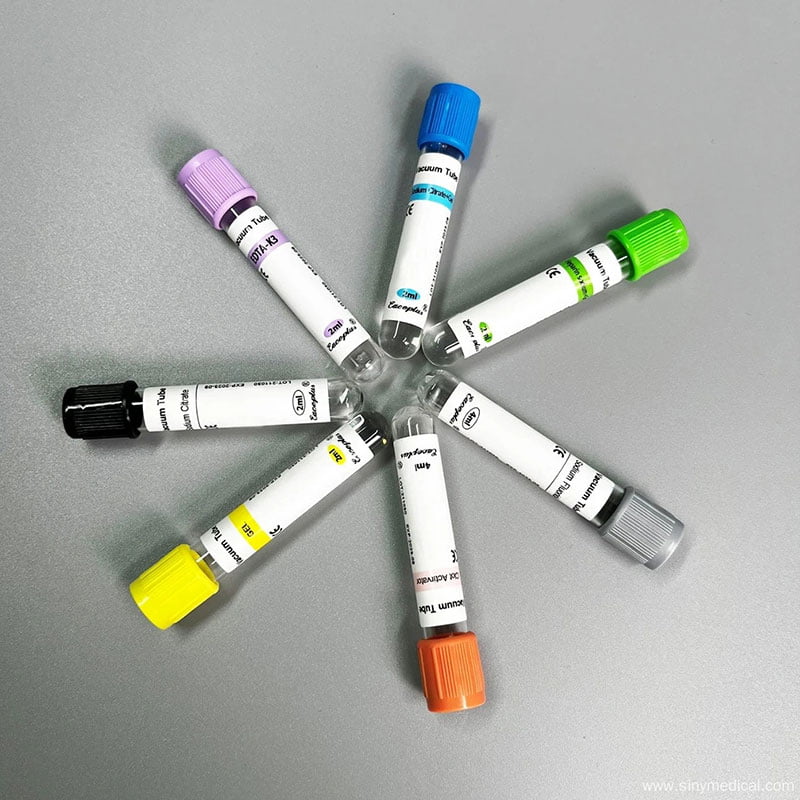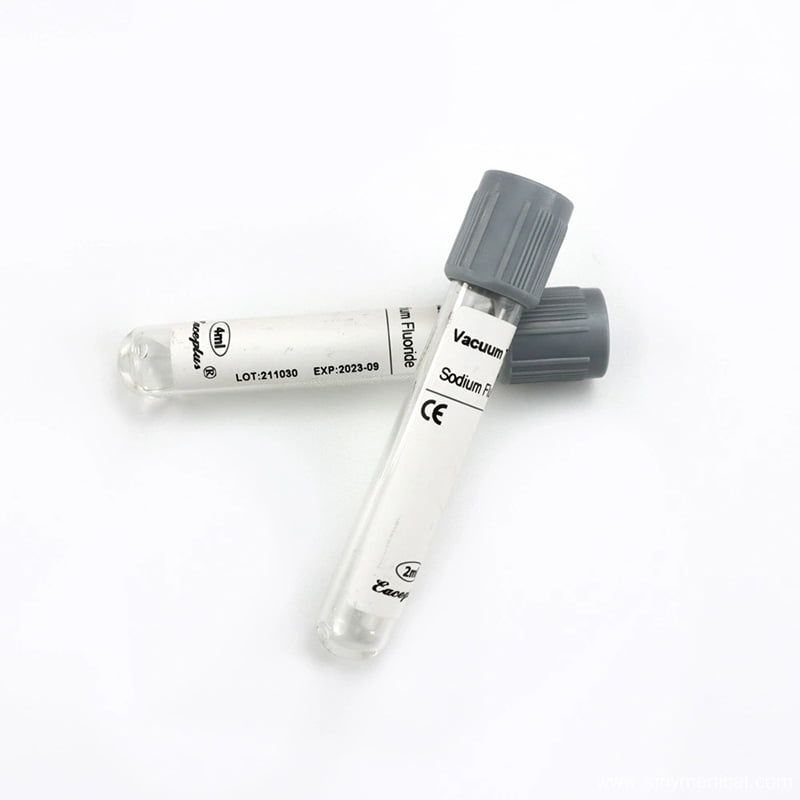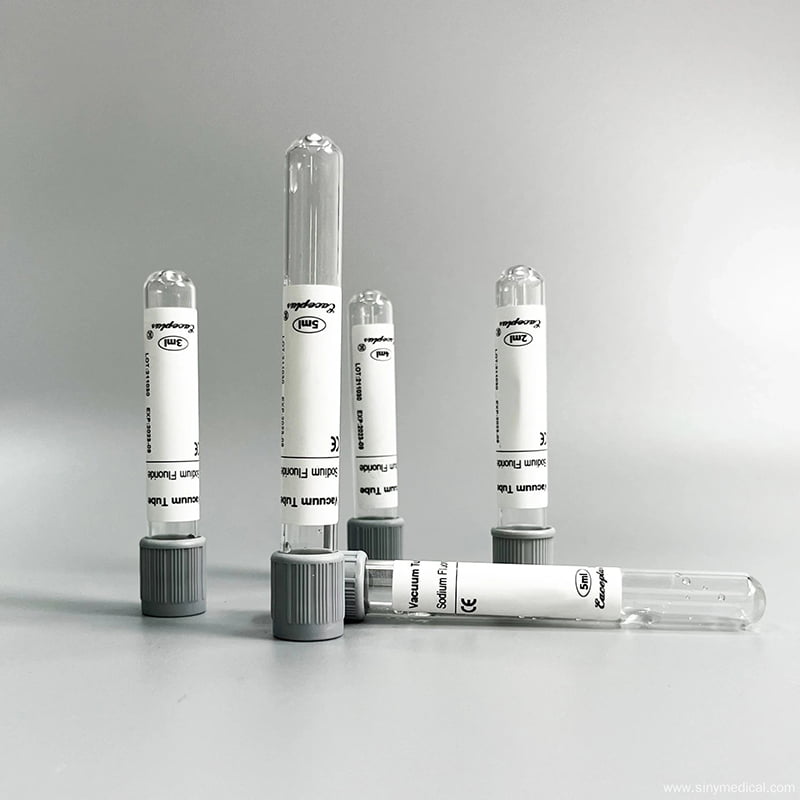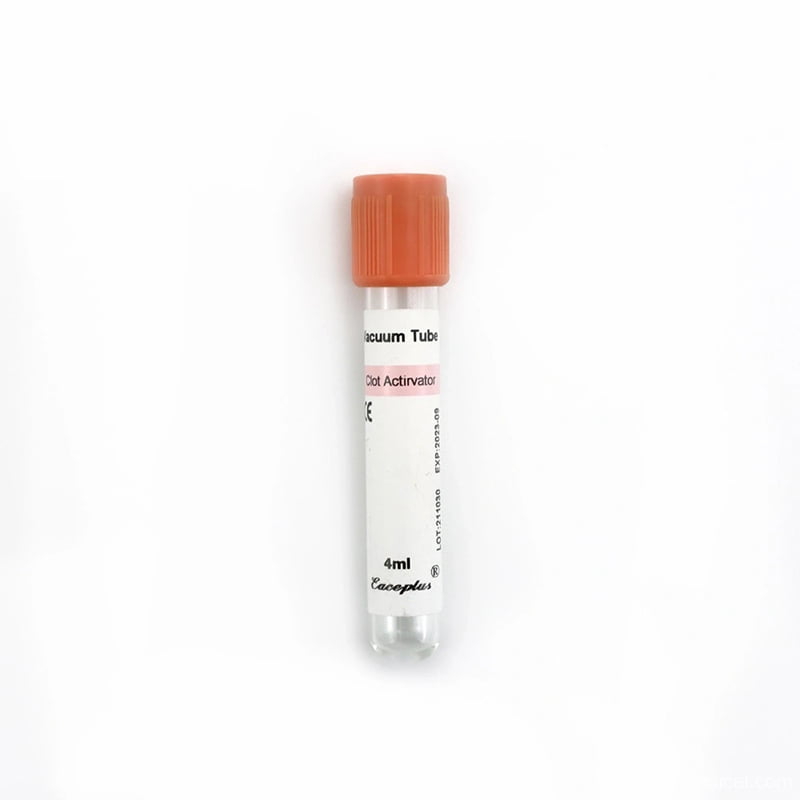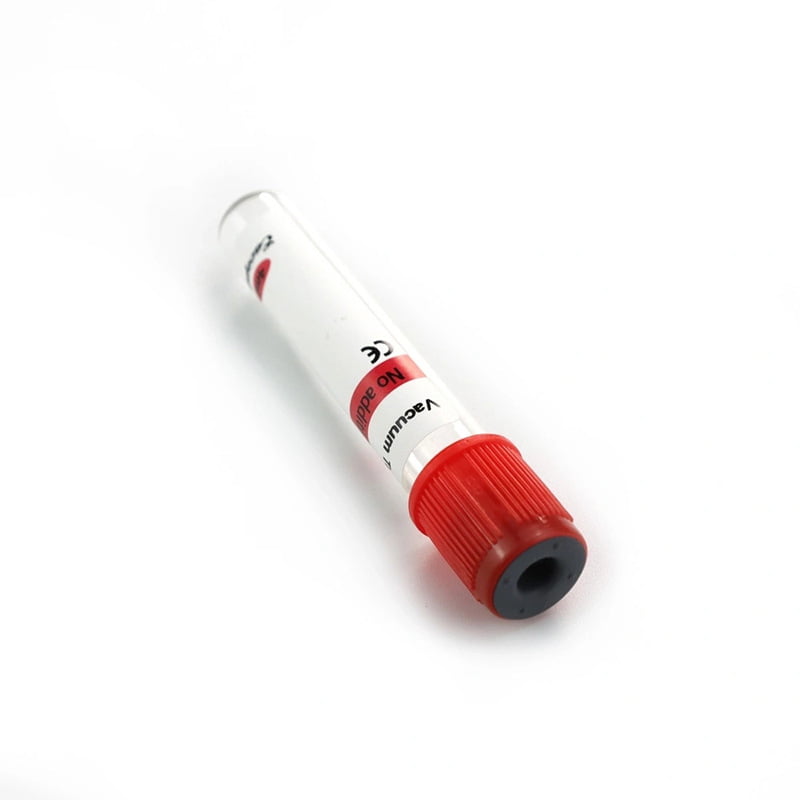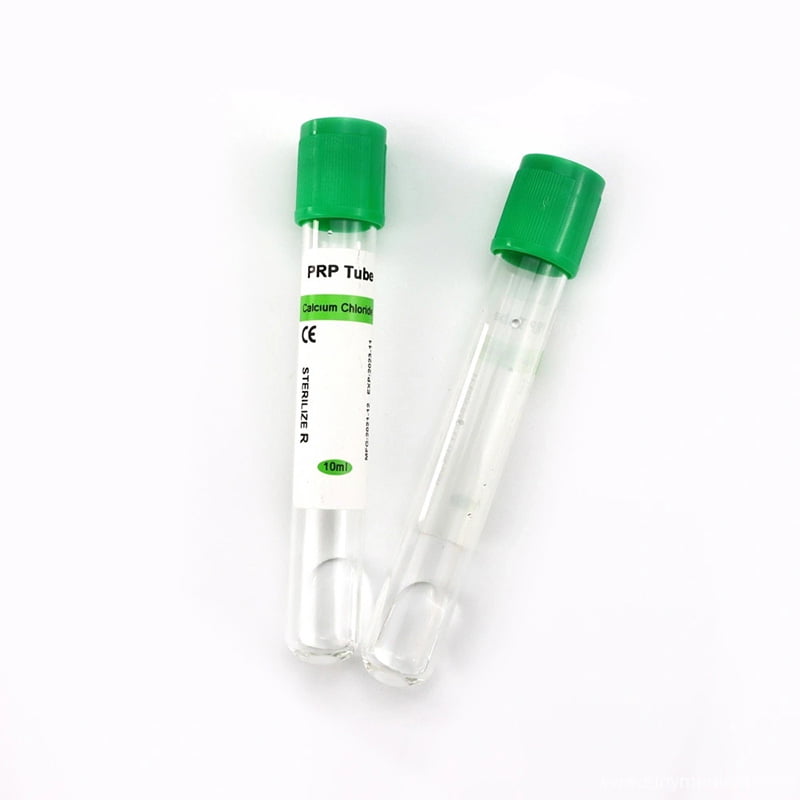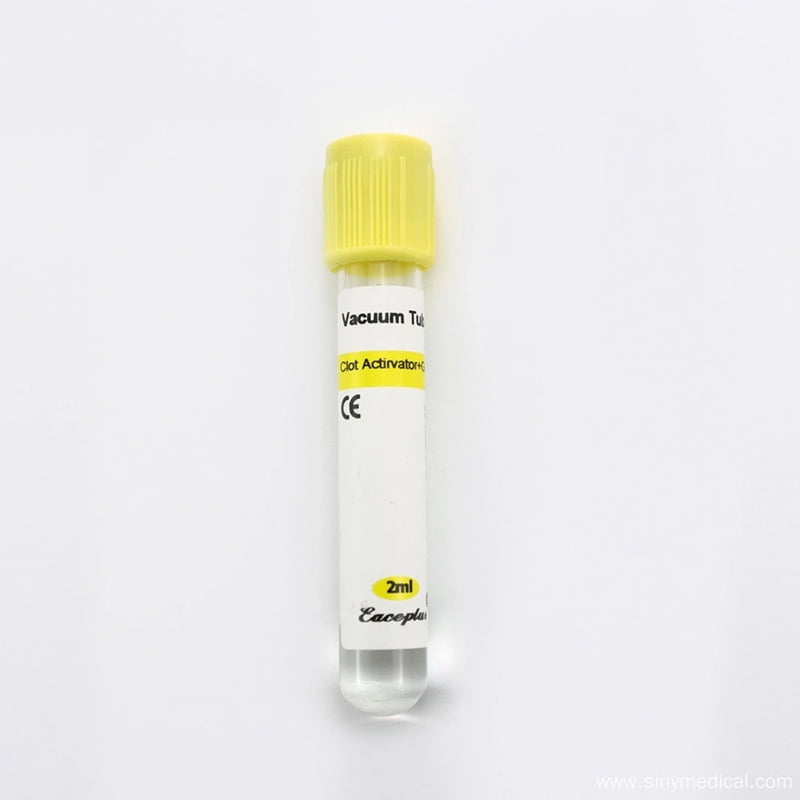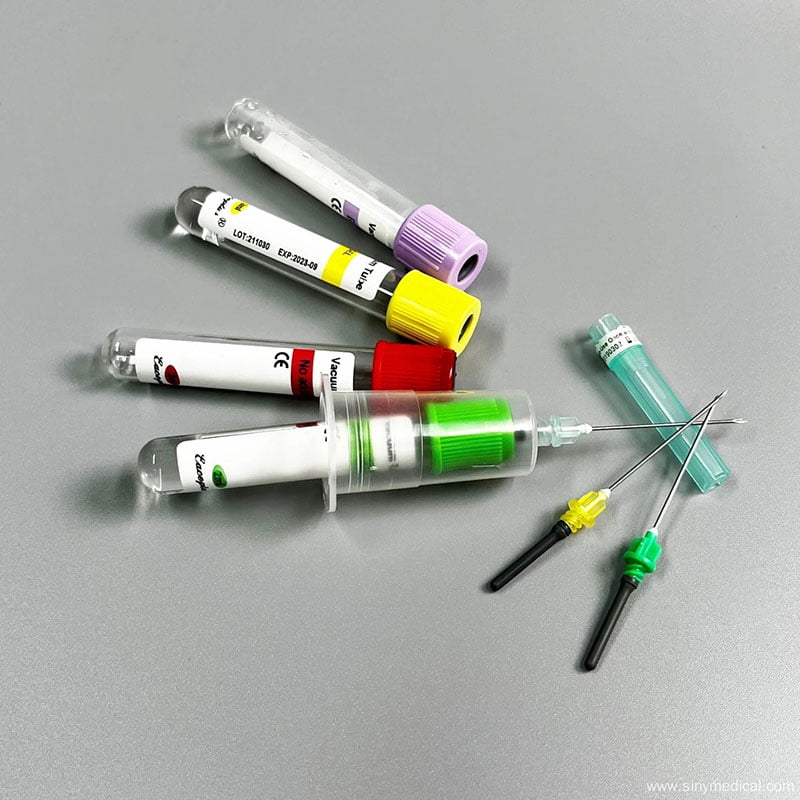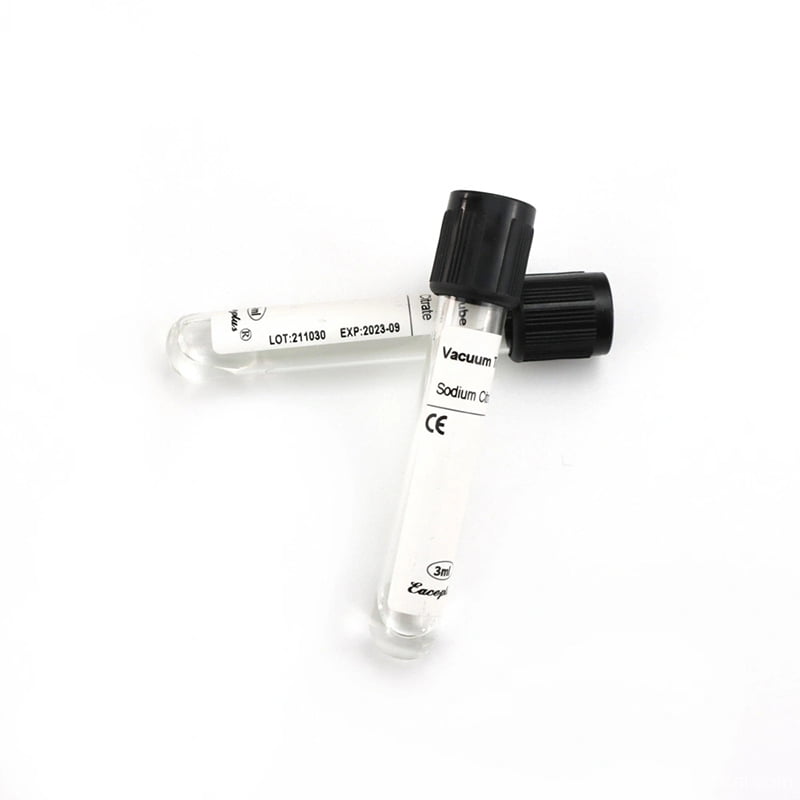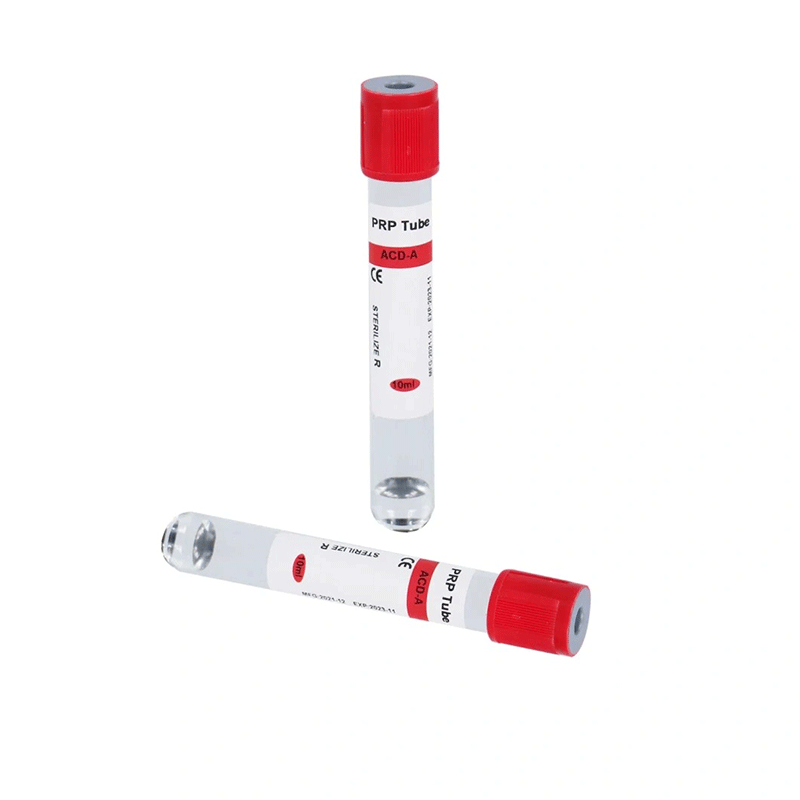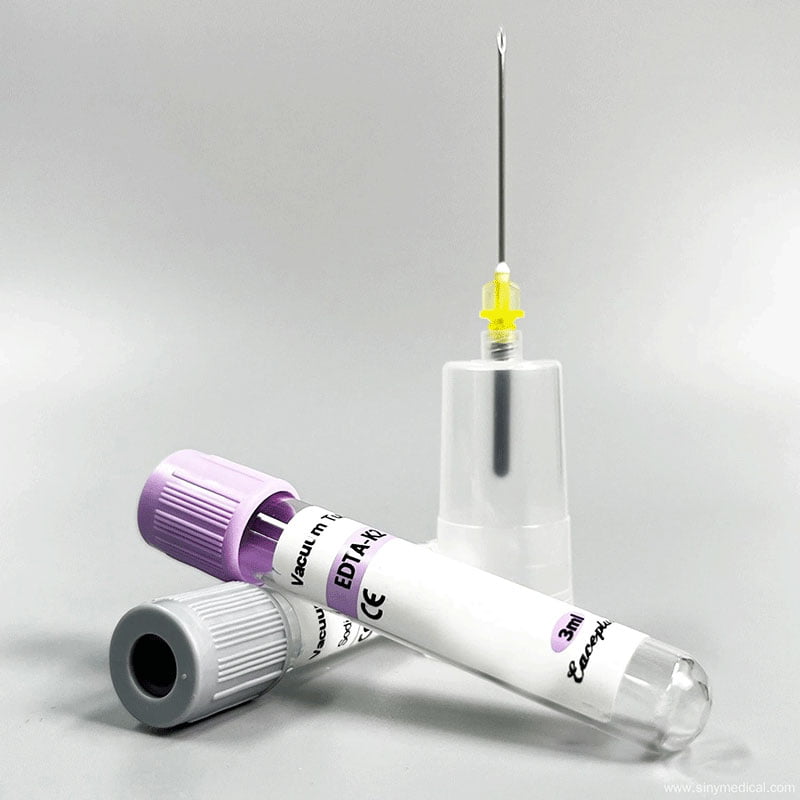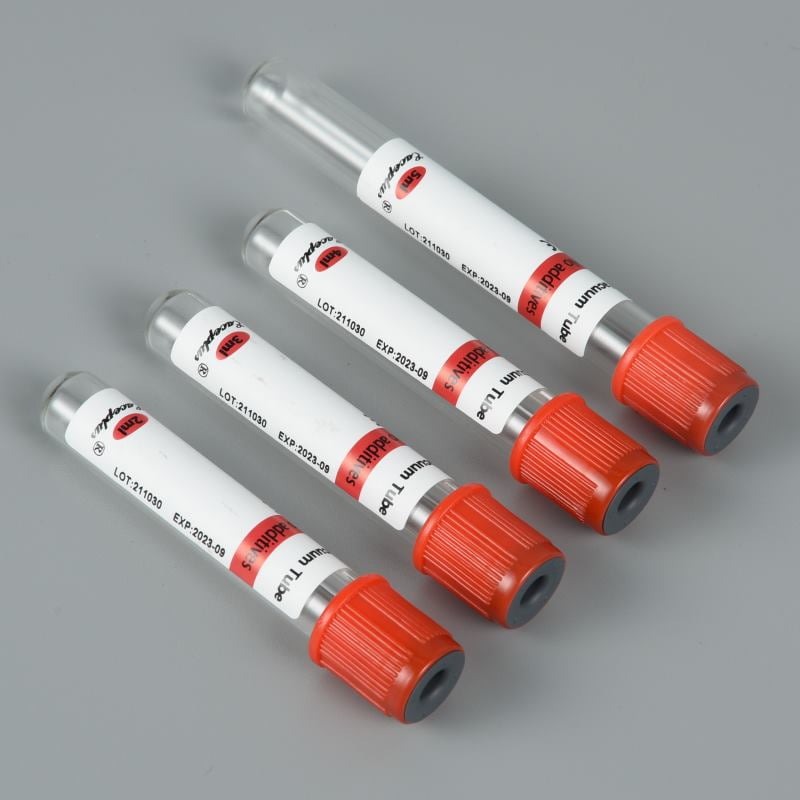The need for reliable and efficient specimen collection methods has gained paramount importance. With the ongoing pandemic, the demand for virus sampling tube swabs. Sinymedical, a leading medical supplies brand, offers high-quality disposable virus sampling tube swabs that ensure accurate specimen collection and safe transportation. In this blog post, we will guide you through the proper techniques of collecting and transporting specimens with Sinymedical’s virus sampling tube swabs, helping you contribute effectively to public health efforts.
Table of Contents
- 1 What is Virus Sampling Tube Swabs?
- 2 Understanding disposable virus sampling tube swabs
- 3 Importance of Proper Specimen Collection
- 4 Step-by-Step Guide to Collecting and Transporting Specimens:
- 5 Transporting specimens safely and securely
- 6 Best practices for handling and storing specimens during transport
- 7 Quality Assurance in Specimen Collection
- 8 Future Developments in Specimen Collection Technology
- 9 Conclusion virus sampling tube swabs
- 10 FAQs: virus sampling tube swabs
- 10.1 Can I reuse disposable virus sampling tube swabs?
- 10.2 How do I choose the right disposable swab for specimen collection?
- 10.3 What safety measures should be taken during specimen collection?
- 10.4 Are there specific guidelines for transporting collected specimens?
- 10.5 What advancements can we expect in specimen collection technology?
What is Virus Sampling Tube Swabs?
Virus-Sampling Tube Swabs are specialized tools used in the collection of specimens for virus testing. These swabs typically consist of a sterile tube containing a transport medium and a swab designed to collect samples from specific areas, such as the nasal or throat passages. The purpose of these swabs is to ensure the safe and efficient collection of biological material, such as respiratory secretions, for diagnostic purposes.
Understanding disposable virus sampling tube swabs
Disposable virus sampling tube swabs are essential tools for accurate specimen collection in diagnostics. These single-use swabs consist of a sterile tube housing a collection medium and a specialized swab. Designed to prevent cross-contamination, they ensure the integrity of collected samples. Widely used in situations like the COVID-19 pandemic, these swabs simplify and enhance the process of safely gathering respiratory secretions for testing. Their disposable nature minimizes the risk of contamination, making them a reliable choice for efficient and precise specimen collection.
Importance of Proper Specimen Collection
Accurate specimen collection is crucial for precise diagnosis, monitoring, and research purposes. The quality of specimens collected plays a vital role in ensuring reliable test results and subsequent treatment decisions. Sinymedical’s virus sampling tube swabs are designed to optimize specimen collection by providing a safe and convenient solution.
Step-by-Step Guide to Collecting and Transporting Specimens:
Preparing for Collection
Before collecting the specimen, ensure you have the necessary personal protective equipment (PPE) such as gloves, masks, and gowns. Adhering to proper infection control practices helps protect both the healthcare worker and the patient.
Choosing the Right Sinymedical Virus Sampling Tube Swab
Sinymedical offers a wide range of disposable virus sampling tube swabs suitable for different specimen types. Be aware of the specific requirements of the test being conducted and select the appropriate swab accordingly.
| Material | Plastic |
| Quality Guarantee Period | Two Years |
| Group | Adult |
| Ethylene Oxide Sterilization | Ethylene Oxide Sterilization |
| Type | Test Strips &Test Tube |
| Desc1 | Disposable Medical Supply |
| Transport Package | 100PCS/ Rack, 1200PcS/ CTN |
| Specification | 2mL, 3mL, 4mL, 5mL, 6mL, 7mL, 8mL, 9mL, 10mL |
| Cap Color | Red |
| Usage | Disposable Medical Supply |
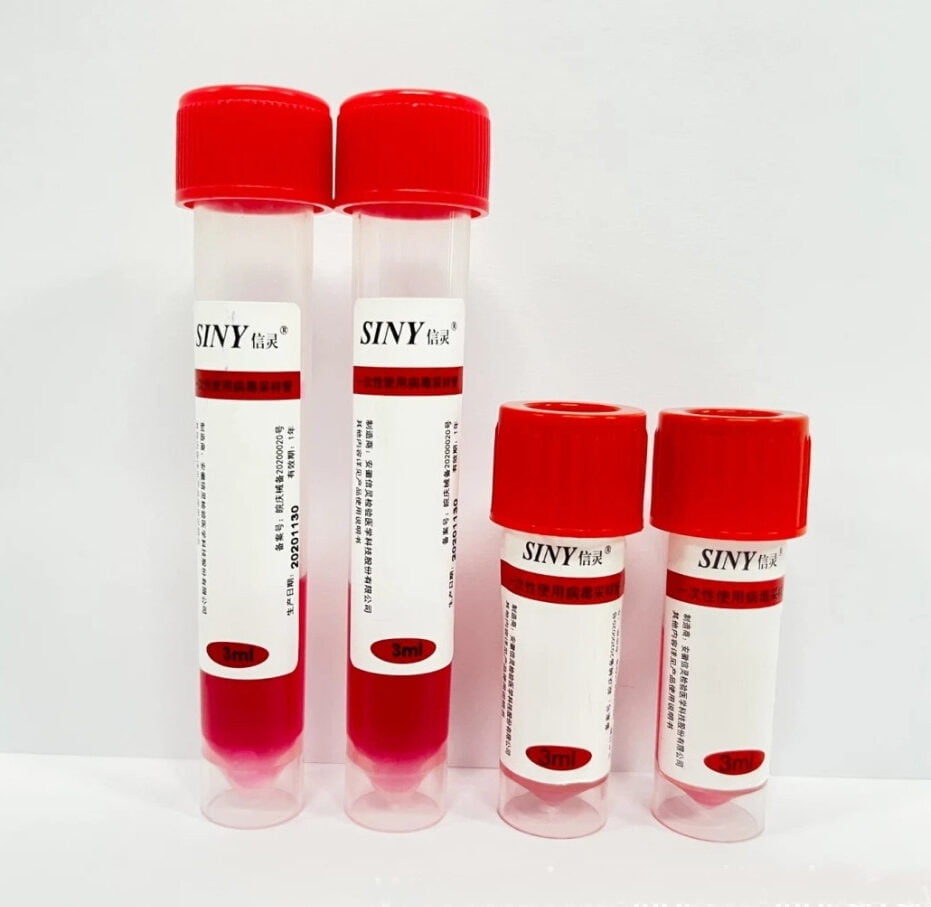
Identifying the Collection Site
Identify the specific collection site mentioned in the test requisition form or as per healthcare guidelines. Proper identification ensures accurate testing and diagnosis, reducing the risk of false negatives or inconclusive results.
Using the Correct Technique
Open the Sinymedical virus sampling tube swab package using sterile techniques. Gently insert the swab into the collection site (nasopharyngeal, oropharyngeal, etc.) as instructed. Rotate the swab for a few seconds to collect an adequate specimen.
Placing the Swab in the Virus Sampling Tube
After specimen collection, carefully transfer the swab into the provided Sinymedical virus sampling tube. Ensure that the swab does not touch any other surface to maintain the integrity of the specimen.
Properly Sealing the virus sampling tube swabs
Securely seal the virus sampling tube to prevent leakage or contamination during transportation. Sinymedical’s virus sampling tubes are designed for secure sealing, minimizing the risk of sample degradation.
Documentation and labeling
Properly document the collection details, including patient information, date, and time of collection. Label the virus sampling tube with the required information to ensure accurate tracking and traceability.
Transportation
Follow the recommended transportation guidelines and regulations for specimen transfer. Sinymedical’s virus sampling tubes are designed to withstand transportation conditions while safeguarding the specimen’s integrity.
Transporting specimens safely and securely
Transporting specimens safely is paramount for accurate diagnostic results. Employ leak-proof containers, and individually seal and label specimens to prevent contamination. Use temperature-controlled packaging for sensitive samples, ensuring they reach their destination in optimal condition. These measures not only maintain specimen integrity but also contribute to the reliability of diagnostic testing.
Secure Packaging for Specimens
Properly packaging specimens is crucial for maintaining their integrity during transportation. Use leak-proof containers with secure lids to prevent spillage and contamination. Ensure each specimen is individually sealed and labelled to avoid any mix-ups. This meticulous approach not only safeguards the specimens but also facilitates organized handling at testing facilities.
Temperature Control Measures
Certain specimens require specific temperature conditions during transportation. Implementing temperature-controlled packaging, such as insulated containers or cold packs, helps preserve the stability of sensitive samples. Adhering to recommended temperature ranges ensures that specimens reach their destination in optimal condition, contributing to reliable and accurate diagnostic results.
Best practices for handling and storing specimens during transport
The integrity of specimens during transport is critical for accurate diagnostics. Begin with secure and leak-proof packaging, shielding samples from contamination. Employ temperature control measures, using insulated containers to preserve specimen stability. Rigorous documentation, including patient details and collection information, aids in precise tracking. Prioritize timely delivery to the testing facility, minimizing transit time to maintain the viability and reliability of collected samples.

Proper Packaging Techniques
During specimen transport, use leak-proof and secure packaging to prevent spillage or contamination. Ensure the packaging is sturdy enough to withstand handling and transportation conditions, safeguarding the integrity of the collected samples.
Temperature Control Measures
Maintain the recommended temperature for each specimen type during transport. Use insulated packaging or temperature-controlled containers to prevent degradation or alteration of the samples, ensuring accurate test results upon arrival.
Documentation and Labeling
Thoroughly document each specimen, providing detailed information on patient identifiers and collection details. Properly labelled specimens aid in accurate tracking, reducing the risk of mix-ups and ensuring seamless processing at the testing facility.
Timely Delivery Protocols
Expedite specimen delivery to the testing facility to minimize transit time. Delays can impact the viability of samples. Establish efficient logistics to ensure that specimens reach their destination promptly, maintaining the quality and reliability of diagnostic results.
Quality Assurance in Specimen Collection
Quality control is a key aspect of specimen collection. This section discusses the measures taken to ensure the accuracy and reliability of collected specimens. From training collectors to implementing rigorous quality assurance protocols, every step contributes to trustworthy results.
Future Developments in Specimen Collection Technology
The field of specimen collection is constantly evolving. This section briefly explores upcoming developments in specimen collection technology and their potential impact on diagnostic procedures. Staying informed about these advancements is crucial for healthcare professionals and researchers.
Conclusion virus sampling tube swabs
In conclusion, proper specimen collection and transportation are foundational to accurate diagnostics. Disposable virus sampling tube swabs have emerged as a game-changer in the field, offering convenience and reliability. Adhering to best practices, avoiding common mistakes, and staying abreast of technological advancements ensure the integrity of collected specimens.
FAQs: virus sampling tube swabs
Can I reuse disposable virus sampling tube swabs?
No, disposable swabs are designed for single use to prevent cross-contamination.
How do I choose the right disposable swab for specimen collection?
Consider factors such as specimen type, patient condition, and specific test requirements.
What safety measures should be taken during specimen collection?
Use appropriate protective gear to minimize the risk of exposure to harmful substances.
Are there specific guidelines for transporting collected specimens?
Yes, ensure proper packaging to prevent contamination and maintain specimen integrity.
What advancements can we expect in specimen collection technology?
Stay tuned for innovations in automation, materials, and collection methods.

